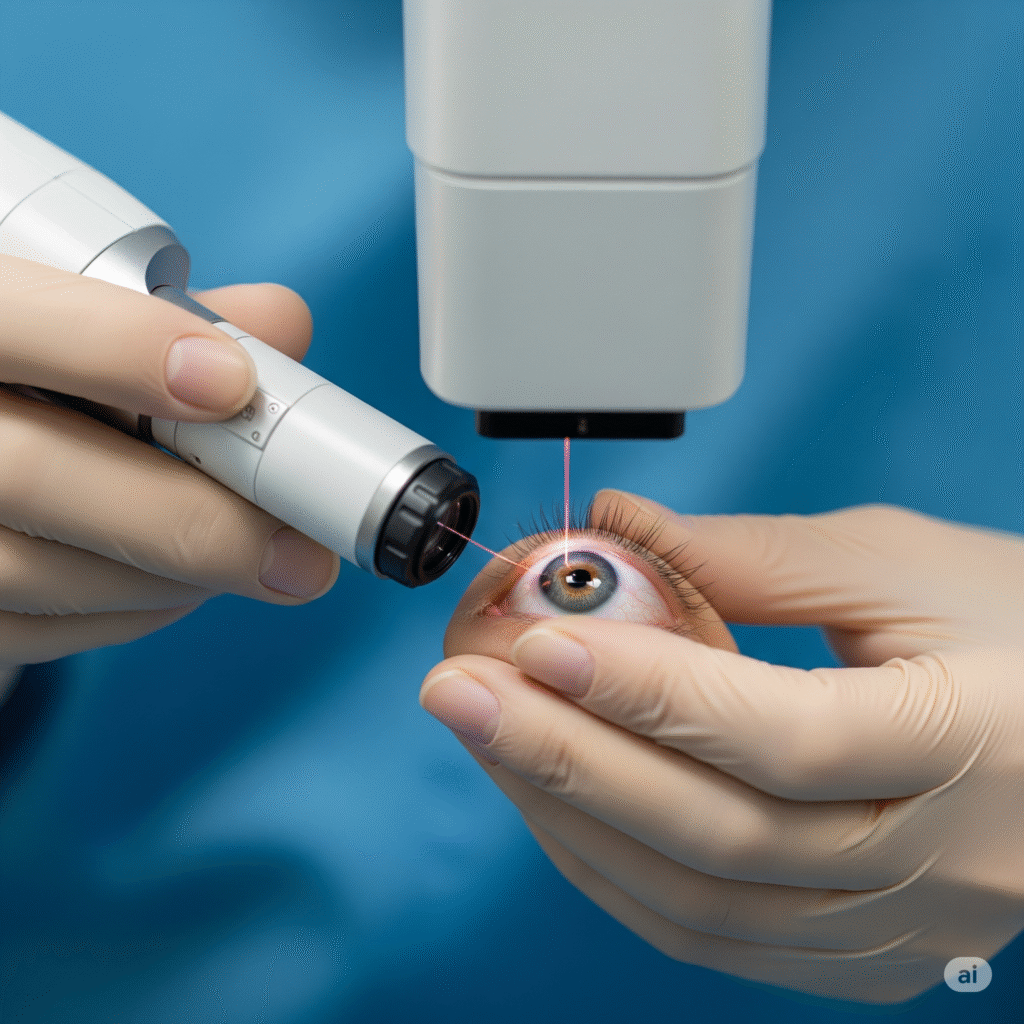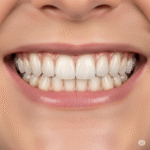For many, the dream of waking up with crystal-clear vision, free from glasses or contact lenses, is becoming a reality. Advances in ophthalmology offer several sophisticated procedures to correct refractive errors like nearsightedness (myopia), farsightedness (hyperopia), and astigmatism. This guide will explore three prominent options: LASIK, SMILE eye surgery, and the innovative world of smart (intraocular) lenses.
Understanding Refractive Errors
Before diving into the procedures, it’s helpful to understand what they aim to correct. Refractive errors occur when your eye doesn’t bend (refract) light correctly, leading to blurred vision. This happens due to irregularities in the shape of the cornea (the clear front surface of the eye) or the overall length of the eyeball.
LASIK Eye Surgery: The Gold Standard
LASIK eye surgery has been a popular and highly successful vision correction surgery for decades. It works by reshaping the cornea to improve the way light focuses on the retina.
How it Works:
- Flap Creation: A femtosecond laser or a microkeratome creates a thin, hinged flap on the cornea’s surface.
- Corneal Reshaping: The flap is gently lifted, and an excimer laser is used to precisely remove microscopic amounts of corneal tissue, reshaping it according to your prescription.
- Flap Repositioning: The flap is then carefully laid back into its original position, where it adheres naturally without stitches.
- Pros: Rapid visual recovery (often within a day), minimal discomfort, excellent long-term results, and ability to treat a wide range of refractive errors.
- Cons: Involves creation of a corneal flap (which carries rare risks like flap complications), not suitable for everyone (especially those with thin corneas or severe dry eye), and some may experience temporary side effects like dry eyes or halos/glare.
- Eligibility: Generally for individuals aged 18+, with stable vision, healthy eyes, and sufficient corneal thickness.
- Recovery: Most patients experience significant vision improvement within 24-48 hours. Full stabilization can take a few weeks.
SMILE Eye Surgery: Minimally Invasive and Flapless
SMILE eye surgery is a newer, less invasive laser vision correction technique, particularly effective for myopia and astigmatism.
How it Works:
- Lenticule Creation: A femtosecond laser creates a small, lens-shaped piece of tissue (lenticule) inside the intact cornea.
- Small Incision: A tiny incision (typically less than 4mm) is made on the corneal surface.
- Lenticule Extraction: The surgeon gently removes the lenticule through this small incision. Removing the lenticule reshapes the cornea and corrects the vision.
- Pros: No corneal flap (eliminating flap-related complications), smaller incision leads to potentially less disruption of corneal nerves (possibly less dry eye), faster healing time, and more suitable for active individuals or those with certain dry eye conditions.
- Cons: Currently limited to treating myopia and astigmatism (not hyperopia), visual recovery can be slightly slower than LASIK initially, and less widely available than LASIK.
- Eligibility: Similar to LASIK, but specifically for myopia and astigmatism.
- Recovery: Vision improves steadily over a few days, with full stabilization typically within a few weeks.
Smart Lenses (Intraocular Lenses – IOLs): A Solution for Cataracts and Presbyopia
Unlike LASIK and SMILE, which reshape the cornea, smart lenses (more formally known as advanced technology intraocular lenses or IOLs) involve replacing your eye’s natural lens. This procedure is primarily used to treat cataracts (clouding of the natural lens) or presbyopia (age-related loss of near vision), and can also correct refractive errors.
Types of Smart Lenses:
- Monofocal IOLs: Provide clear vision at one distance (usually far). Glasses are typically needed for reading.
- Multifocal IOLs: Designed to provide clear vision at multiple distances (near, intermediate, and far).
- Trifocal IOLs: An advanced type of multifocal lens offering enhanced clarity across three distinct distances.
- Extended Depth of Focus (EDOF) IOLs: Provide a continuous range of clear vision, typically from intermediate to far, with functional near vision.
How it Works (Lens Exchange/Cataract Surgery):
- The surgeon makes a tiny incision in the eye.
- The cloudy or dysfunctional natural lens is gently broken up and removed using ultrasound (phacoemulsification).
- The chosen artificial IOL is inserted through the same incision and unfolds into position.
- Pros: Permanent solution for cataracts, can correct presbyopia, offers excellent vision quality across various distances (with multifocal/trifocal/EDOF IOLs), and no maintenance like glasses or contacts.
- Cons: Invasive surgery, potential for glare/halos (especially with multifocal lenses), and recovery can take a few weeks. Not suitable for everyone, depending on eye health.
- Eligibility: Primarily for individuals with cataracts or those seeking to correct presbyopia, often over 45-50 years old.
- Recovery: Vision improves over several days to weeks. Full recovery and adaptation to multifocal lenses can take longer.
Choosing the Right Option for You
Deciding between LASIK, SMILE, or smart lenses depends on several factors: your specific refractive error, age, overall eye health, lifestyle, and visual goals.
- For younger individuals with myopia/astigmatism seeking corneal reshaping: LASIK or SMILE are often considered.
- For individuals over 45-50 with presbyopia or cataracts: Smart lenses are typically the most appropriate solution.
The most crucial step is a comprehensive eye examination and consultation with a qualified ophthalmologist. They will assess your eyes, discuss your needs, and recommend the best and safest procedure for your unique situation. Investing in your vision is investing in your quality of life, offering the freedom and clarity you deserve.



